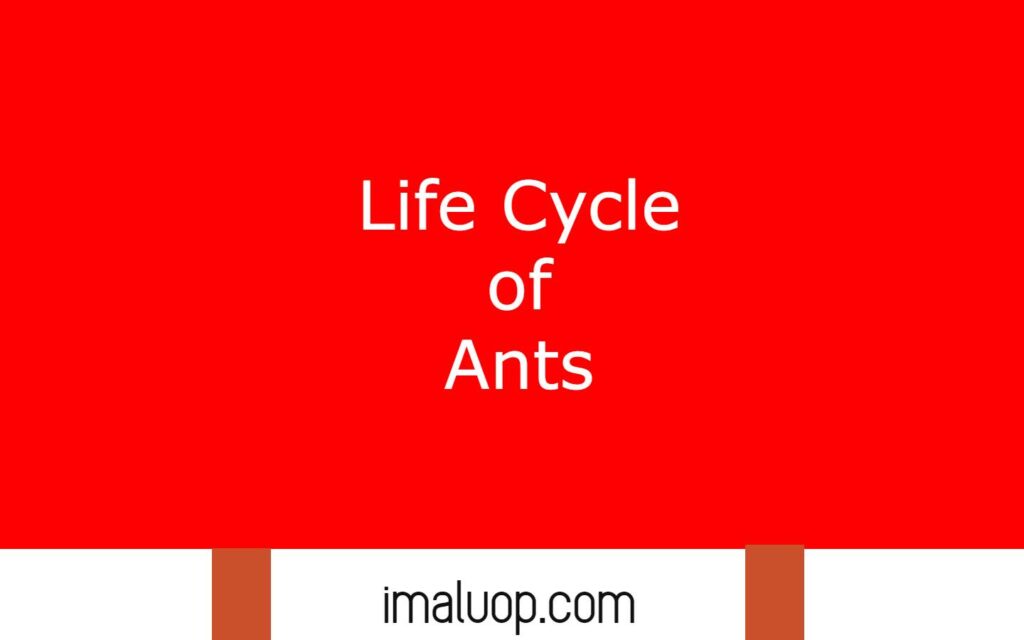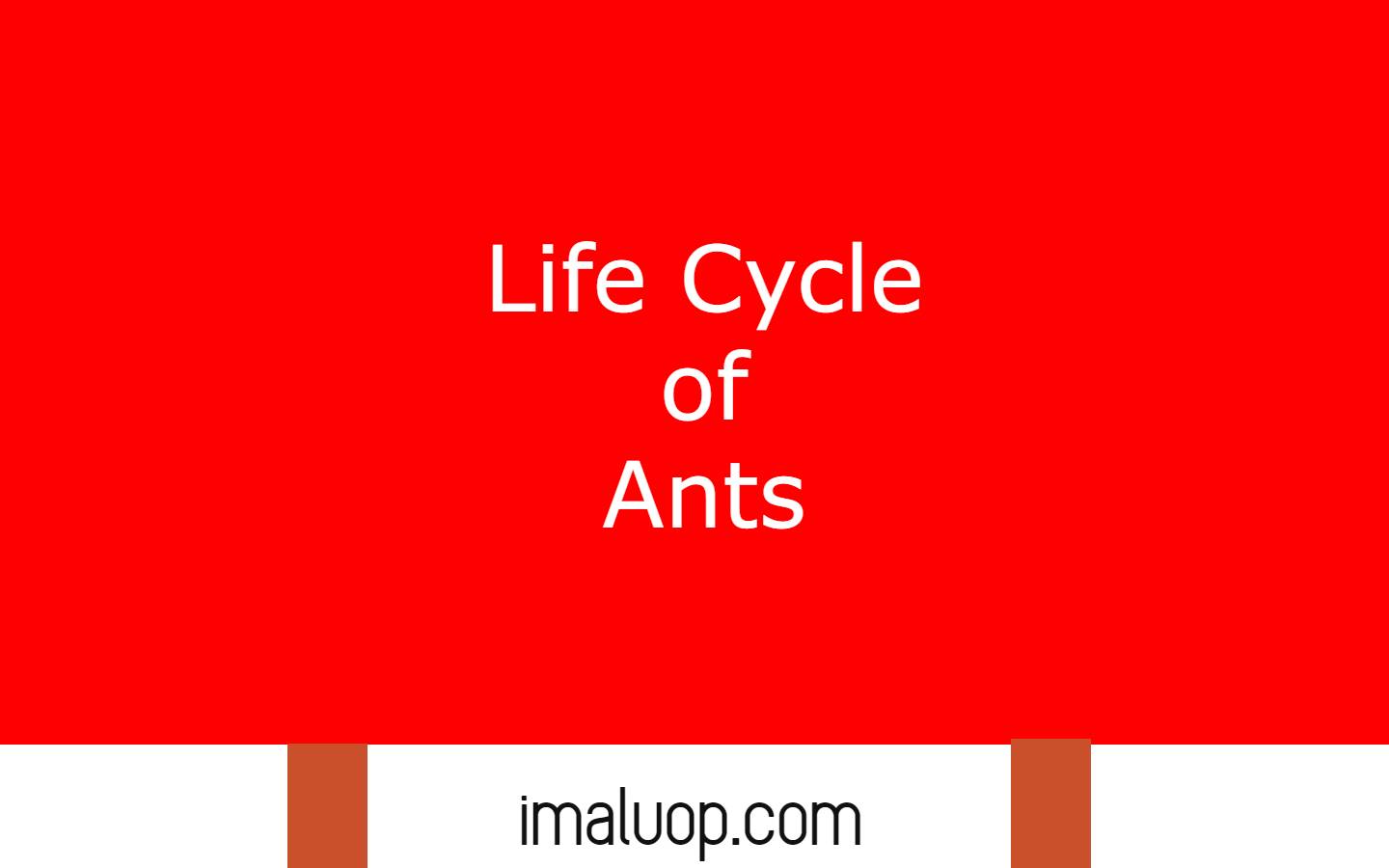Hi, today we are going to discuss a small social animal ant and life cycle of ants. Ants are known for their large colony in which millions of ants live together in the same manner as the members of a society. Ant is a member of order Hymenoptera which shows a great variety in their features with more than 10000 species present worldwide.
In an ant colony three types of ant present and they perform specific functions as members of the colony which makes them as a social animals. Male, workers and queens are three types of ant present in an ant colony where sterile female workers ant search and collect food and maintain their nest.
Female queen ant able to reproduce and they mate with fertile male ant or drone during reproduction then queen ant lay eggs, lifecycle of ant varies from few weeks to month depending upon ant species and environmental conditions.
Table of Contents
Life Cycle of Ant:
Development of ants is not direct in which different stages present in their life cycle during their development process which includes four stages – eggs, larva, pupa and adult. Like some lower invertebrates, ants show metamorphosis in their life cycle during development from eggs to adult ant.
First Stage: Eggs:
Female queens lay oval shaped, transparent and white eggs which hatch in 7-14 days. Female queen ants lay two types of eggs some of them are fertilized which gives rise to female ants while unfertilized eggs give rise to male or drone ants.
It is a special case where we can see determination of gender depending upon either the eggs are fertilized or not fertilized.
It is also another special case where male and females show differences in their ploidy level because the male are developed from unfertilized eggs so they are haploid while the females develop from fertilized eggs so they are diploid.
Second Stage: Larval Stage:
The eggs hatch and the offspring do not have any eyes and legs so they need special care and female workers take care of those larvae. The larva moult several times after some moulting they show hook-like hair on their body which helps the workers to carry them because the larvae do not have eyes and legs.
Larvae are unable to collect their food so they are completely dependent on female workers for food and the larva continues its moulting process until they reach a specific stage.
Third Stage: Pupa Stage:
After some larval stage ant reach at pupa stage where ant start to show immature eyes and legs. In pupa stage ants have antenna wings but they are not mature to become independent.
In pupa stage their necessary body parts like leggs, wings and antenna become more and more developed which becomes fully functional in the adult stage and these body parts make them independent for searching foods and shelter.
Fourth Stage: Adult Stage:
Adult ants are protected by an exoskeleton which is soft and light during their development from pupa stage but after a short time it becomes hard enough. Different body parts in adult ants become fully functional then they perform a specific role in their ant colony depending upon their role in the colony.

Some Extra Facts About Ant:
Ant have very small size as compared to other advanced animals but they are capable of lifting and carrying any substance which is almost 20 times of their body weight to a very long distance. Some species of ant can live upto 30 years which is very large as compared to other species of insects.
Reference: Life Cycle of Ants
Read More: what is average lifespan of an ant
Hi Everyone!!! Welcome to Imaluop. Imaluop always try to learn some new and he want to share to other people. Here we will try to learn various topics on Science, specially on Biological Sciences.
